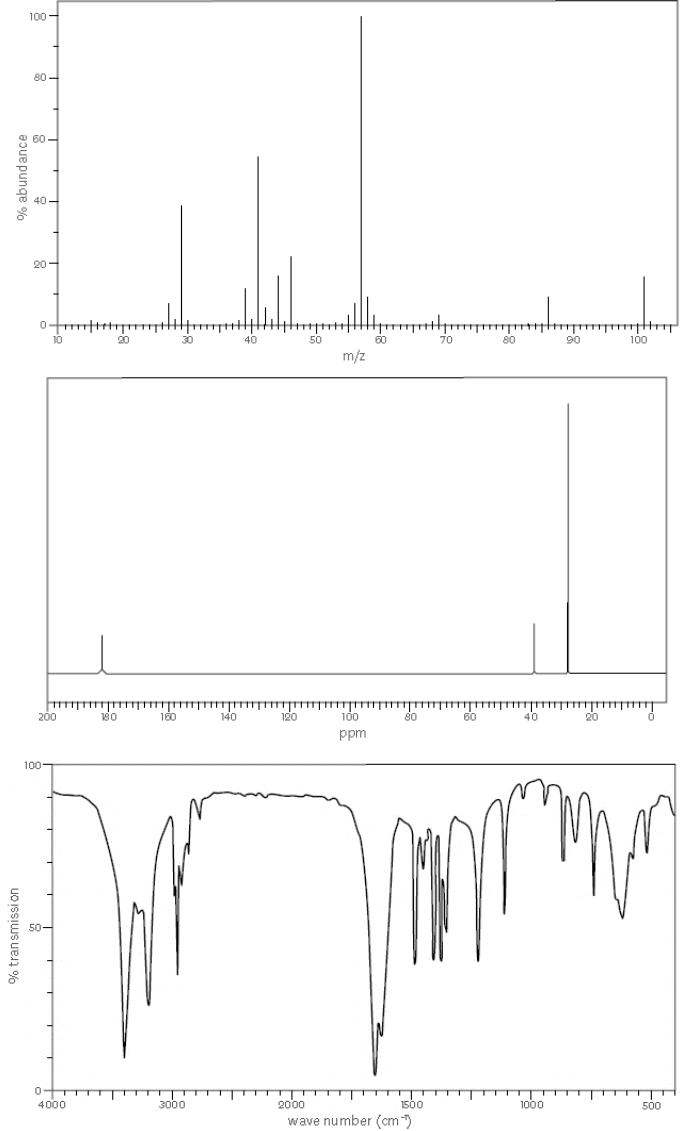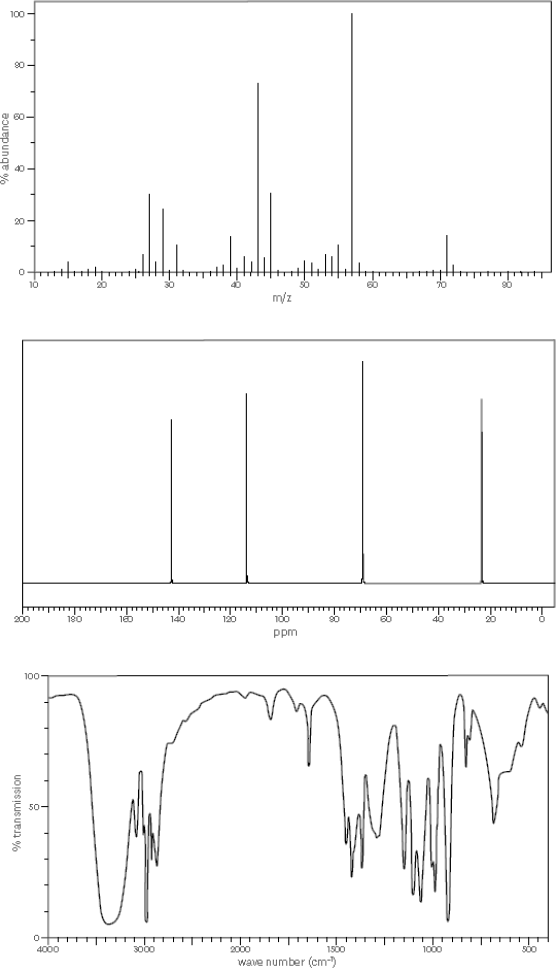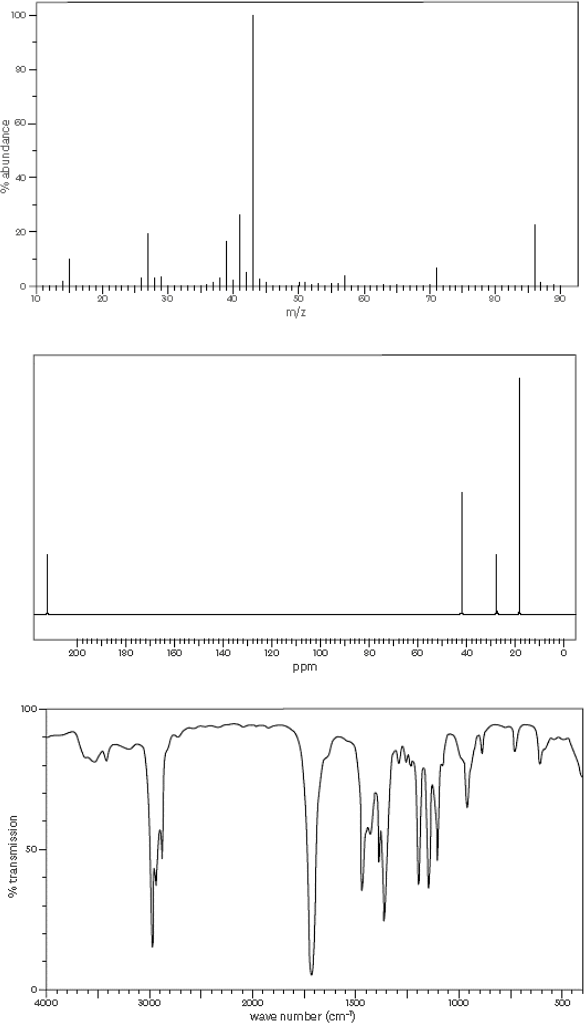Hello, if you have any need, please feel free to consult us, this is my wechat: wx91due
CHO3021A
SPECTROSCOPY
STUDENT INSTRUCTIONS
Overview
This assignment is designed to give you practice in demonstrating your understanding of Chemistry. It is not for NCEA credit, but it will help you to develop your skills, so that you do well in future assessments.
Conditions
• You should already have studied the first four lessons of CHO3051 and completed questions 1a, 1bi, 2a, 2b, 3ai and 3aii of CHO3051A.
• There is no time limit for this activity, but allow about three hours to finish it. If you have any questions, please contact your teacher now.
A Periodic Table and correlation tables for IR and 13C NMR spectra are supplied near the back of this assignment. Some common fragments in mass spectrometry are also provided.
|
Assessment criteria |
||||||||||
|
Not Attempted |
Not yet on target for Achieved |
On target for Achieved |
On target for achieved with Merit |
On target for achieved with Excellence |
||||||
|
Did not attempt to complete |
Did not demonstrate an understanding of spectroscopic data in chemistry. |
Identified discrete aspects of the structure of organic molecules using teacher-provided spectroscopic data. |
Determined the structure of organic molecules using spectroscopic data. |
Justified the structure of organic molecules by integrating spectroscopic data. |
||||||
|
For teacher use only |
|
|
|
|
|
|||||
|
|
||||||||||
QUESTION ONE
From the following mass, 13C NMR and IR spectra shown for compounds A, B and C, give the formulae, structures and names of the unknown compounds. In each case, justify your choice of formula and structure.
Tip: It is recommended that you write notes on the spectra as extra evidence to support your report.
(a)

|
Molecular mass: |
|
||
|
Elements present or absent |
|
Reasons |
|
|
Functional groups (present and absent): Include reasoning. |
|||
|
Molecular formula = |
|
|
|
Possible structures: |
||
|
Reasoning for best fit: |
||
|
Name of compound: |
|
|
(b)

|
Molecular mass: |
|
|||
|
Elements present or absent |
|
Reasons |
||
|
Functional groups (present and absent): Include reasoning. |
||||
|
Molecular formula = |
|
|||
|
Possible structures: |
|
|
Reasoning for best fit: |
|
|
Name of compound: |
|
(c)

|
Molecular mass: |
|
|||
|
Elements present or absent |
|
Reasons |
||
|
Functional groups (present and absent): Include reasoning. |
||||
|
Molecular formula = |
|
|||
|
Possible structures: |
|
|
Reasoning for best fit: |
|
|
Name of compound: |
|